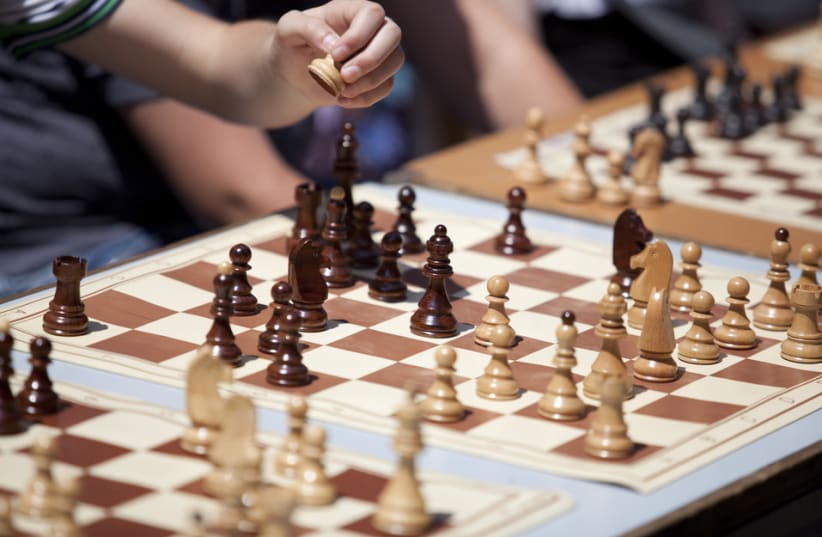Whenever we go down memory lane to our childhood, there’s always one thing that pops up immediately, and in guessing board games, you are right. It is really hard to explain to the new generation that board games back then were not just a treat to enjoy for ourselves but were emotional to us with our entire family being together, making teams within each other, having strategies, manipulating each other, and finally coming up with a winning strategy or losing one.
So, in the spirit of nostalgia, I have listed the seven most popular board games in India, and I am confident that you have played or come across the majority of them.
1. Carom Board
When it comes to board games, how can you not start with a game that is played on a hard wooden board? The battles of White vs. Black, the love for the queen, and perhaps the game where geometry did matter Controlling your force while hitting the striker to goal your opponent with a perfect angle was and still is magical.
2. Card Games (Rummy)
Not a board game but should be an honoree mention for sure when it comes to indoor games. The shelving of 52 cards and decking it out was always a thrill to begin with, whether you were playing with friends, family, or on a special occasion. Despite being one of the oldest and most popular rummy card games, its popularity kept rising, especially during the pandemic when Lockdown happened. Online games have seen a boom like never before.
Instead of just being a game of gambling, rummy is considered a skill to hone for some extra cash by many. It is played between 2 and 6 players, which then move with 13 cards each. Upon arranging the cards in 2 valid sequences (which include 1 pure sequence) with the rest in any valid sequence, the player wins.
3. Snake & Ladder
A heavily tense situation involving the use of extreme probability can be a fun board game. It's hard to believe, but it's true: you now think snake and ladder was a game of chance and patience. Where a favorable outcome is indeed a probability, it's a lot like life these days, don’t you think? Where an unsettling snake at 99 to 1 or a ladder of fortune from 10 to 90 helped achieve 100 from 0 with a throw of dice, these board games were indeed a part of our reality or at least a glimpse of it.
4. Ludo
Even today, it is the most recognisable board game of modern times, as it was in its early days, and with the addition of various online versions, you can start it all over again just like in your childhood. One of the reasons is that it has simple rules and an easy approach: You start with a 6-sided die and end up back where you started, with some safe bets in between. In case you were wondering what exactly Ludo means, "I play" in Latin
5. Chess
With the addition of an online gaming platform, the game of chess shoots off like a rocket. But do you know where it came from? Chess as we know it today evolved from the Indian game chaturanga before the 600s AD. The game was defined to play with strategies and revolve around alliances, attacks, and defence. Perhaps it is best for the royal families to let their kin understand the game of politics by figuring out the alliances and strategies to form. Of course, modern-day chess is much more fun and easy than its ancient ancestors. In addition to the world championship, in the latter half of the 19th century, it started becoming a game of pride and still holds the title intact.
6. Monopoly
When we grew up a little and started to understand the economics behind the scenes, one game that particularly helped us understand the philosophy of money and power was a monopoly. With its economic-based theme board, fake money use give us a sense of buying back then & rules that were similar to the real world. I would say it's a perfect way to make your teen understand what’s going on in the real world. Yes, the rules can be a little complex at the start, but it was great fun to analyse and react to those situations.
7. Checkers
Checkers comes in two different forms One was American, also known as "draught" in some places, and was a game of two hoping diagonally to make a path for themselves to attain the upper hand on their opponents. One player has dark pieces (usually black); the other has light pieces (usually white or red). Players alternate turns. A player cannot move an opponent's pieces. A move consists of moving a piece diagonally to an adjacent unoccupied square.
If the adjacent square contains an opponent's piece, and the square immediately beyond it is vacant, the piece may be captured (and removed from the game) by jumping over it. Similar to this there version was a Chinese checker. That can be played with two or three people The interesting fact is that the origin is in Germany, not China.
The objective is to be the first to race all of one's pieces across the hexagram-shaped board into "home"—the corner of the star opposite one's starting corner—using single-step moves or moves that jump over other pieces. The remaining players continue the game to establish second-, third-, fourth-, fifth-, and last-place finishers. The rules are simple, so even young children can play.
This article was written in cooperation with TEDFUEL
